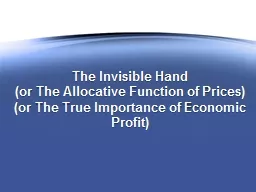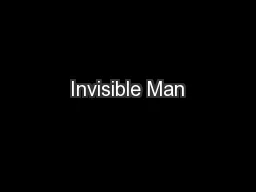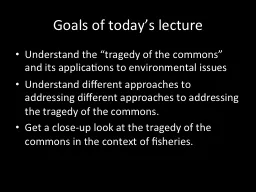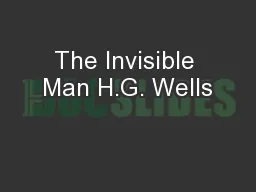PPT-The Invisible Hand (or The Allocative Function of Prices)
Author : alida-meadow | Published Date : 2020-01-26
The Invisible Hand or The Allocative Function of Prices or The True Importance of Economic Profit The Invisible Hand Every individual neither intends to promote
Presentation Embed Code
Download Presentation
Download Presentation The PPT/PDF document "The Invisible Hand (or The Allocative Fu..." is the property of its rightful owner. Permission is granted to download and print the materials on this website for personal, non-commercial use only, and to display it on your personal computer provided you do not modify the materials and that you retain all copyright notices contained in the materials. By downloading content from our website, you accept the terms of this agreement.
The Invisible Hand (or The Allocative Function of Prices): Transcript
Download Rules Of Document
"The Invisible Hand (or The Allocative Function of Prices)"The content belongs to its owner. You may download and print it for personal use, without modification, and keep all copyright notices. By downloading, you agree to these terms.
Related Documents














